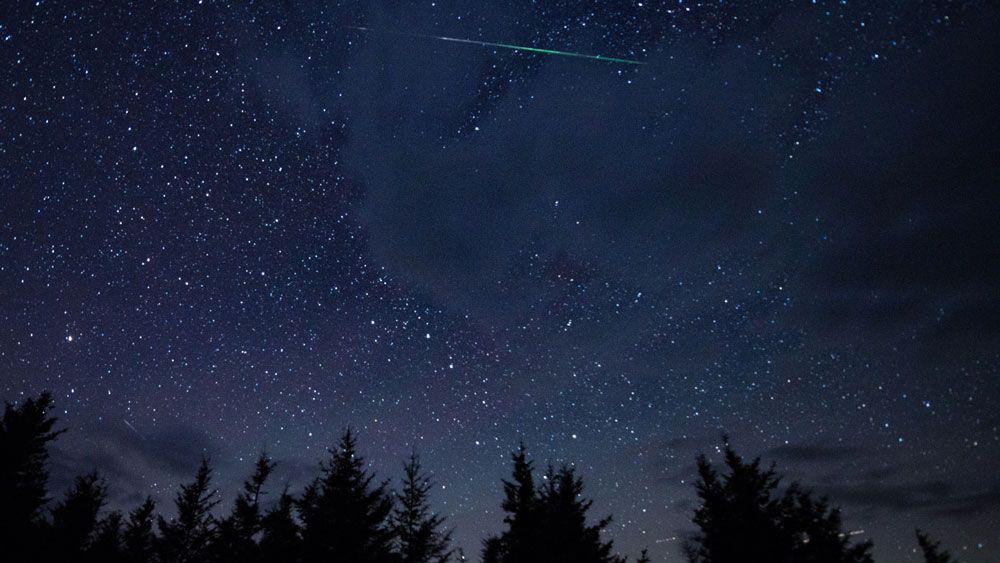Tiny debris from Halley’s Comet will burn up in our sky this weekend during the peak of the Orionid meteor shower.
The Orionids come every October, bringing up to about 20 meteors per hour in ideal conditions, according to NASA. That’s one every few minutes, on average, but you’ll almost certainly see fewer than that. These meteors are bright and fast, and can leave long, glowing trains behind them.
The best time to look is after midnight. Not only is that after the moon sets, but it’s when the constellation Orion–where the meteors appear to originate–climbs out of the eastern sky.
You won’t need to look toward Orion, though. In fact, you ought to stare elsewhere, since meteors’ trails will appear shorter near that part of the sky.
(NASA)
As always, your chances of spotting shooting stars will be better if you can get away from city lights. Let your eyes adjust to the darkness for at least 15 minutes and don’t look at your phone, since the bright screen will “reset” your eyes.
The year is winding down, but you still have more night sights to catch.
Our team of meteorologists dives deep into the science of weather and breaks down timely weather data and information. To view more weather and climate stories, check out our weather blogs section.

